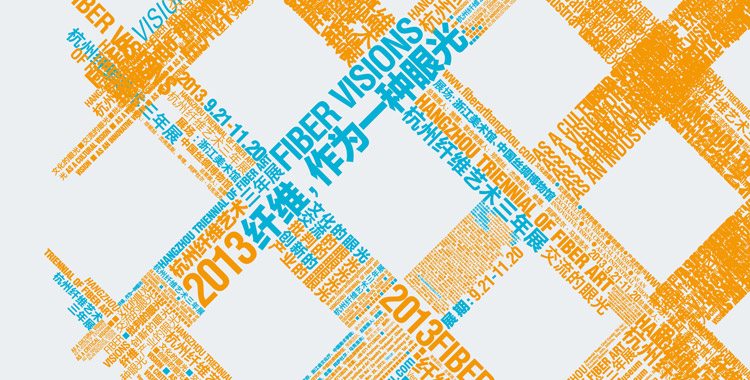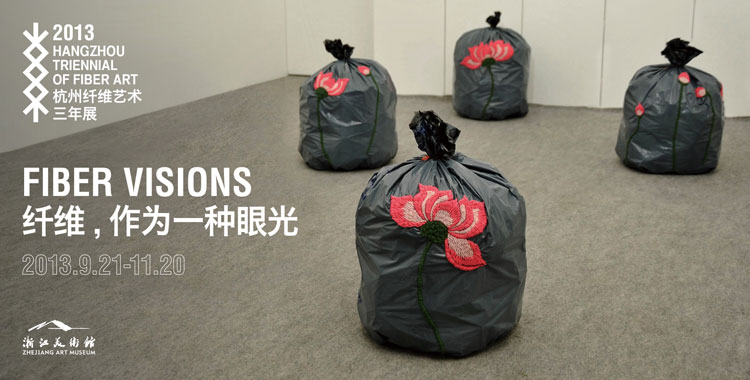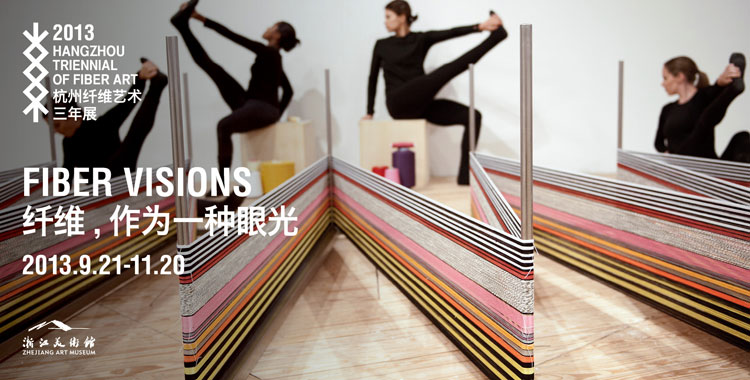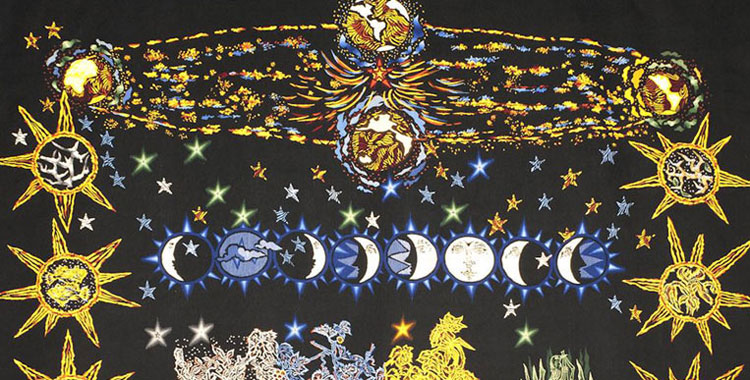Seamus McGuinness
Lost Childhoods, Merriman Summer School Lisdoonvara, Co. Clare, Ireland
Handing Back, Royal College of Physicians Dublin Ireland
Lived Lives: Moving Forward Conversation, National College of Art Dublin, Ireland
Chair Prof MJ Jacobs, School of Art Institute Chicago, USA
Lived Lives: Outside the Frame: Office of non-compliance, Dublin Contemporary, Earlsfort Tce, Dublin Ireland.
Diversity in Art and Science, Royal College of Physicians Ireland, Dublin
Lived Lives: Artway of Living, School of Art Institute Chicago, and USA
Lived Lives and the Scapegoat: Being Singular Plural International Symposium Guimaraes, Portugal
Anonymity to Identity
Dr. Seamus McGuinness
“My son is not a statistic, he was a human being”
Rita, Mother of Richard, 15
The death and loss of a loved one by suicide is excruciatingly painful for family and friends. Irish society has traditionally viewed such a death as criminal or immoral, casting the bereaved experience as one of stigma and shame. Quickly, the deceased becomes defined by the manner of the death, moving from subject to object, and the lived life is de-humanized reduced to a statistic, eclipsing the humanity, that is at the core of each existence. Responding to this the Lived Lives Project, a socially engaged art practice, sought to rehumanize the suicide deceased. It is a durational art practice, established in 2006 with conversation and dialogue with many flowing through its architecture.The research process culminated in conversations between artist Seamus McGuinness and scientist Kevin Malone, both working closely with 62 Irish bereaved families. These families donated images, material belongings and a narrative about their suicide deceased to the art process. From these donations Anonymity to Identity emerges. From the anonymous torn shirt fragments in 21g, each an abstract representation of a young irish suicide, to lens based Lost Portraits, created from photographic images of young Irish people lost to suicidea pathway from anonymity to idenity is established, through truthful, sensitive and safe representation of the lived life lost to suicide.
Cloth is silently working here, helping to make the invisible visible, to respectfully make the private public, creating a empathic transformative process where an aesthetic experience unfolds. The process is activated by human engagment and viewers are encouraged to touch the works.This work in its various iterations according to context and site, is a social and cultural probe. By exhibiting Anonymity to Identity in Hangzhou, these cloth based works transpose the experiences of suicide in Irish culture into a site of conversation, in a wider international context. This opens up a space for dialogue, catharsis and reflection. It is an artwork that works in society, bearing witness to and responsibly engaging international audiences with sensitive human issues, where silence perpetuates stigma. This human process continues to unfold, anchored and rooted in the histories, materiality and humanity silent connection with cloth.



















































